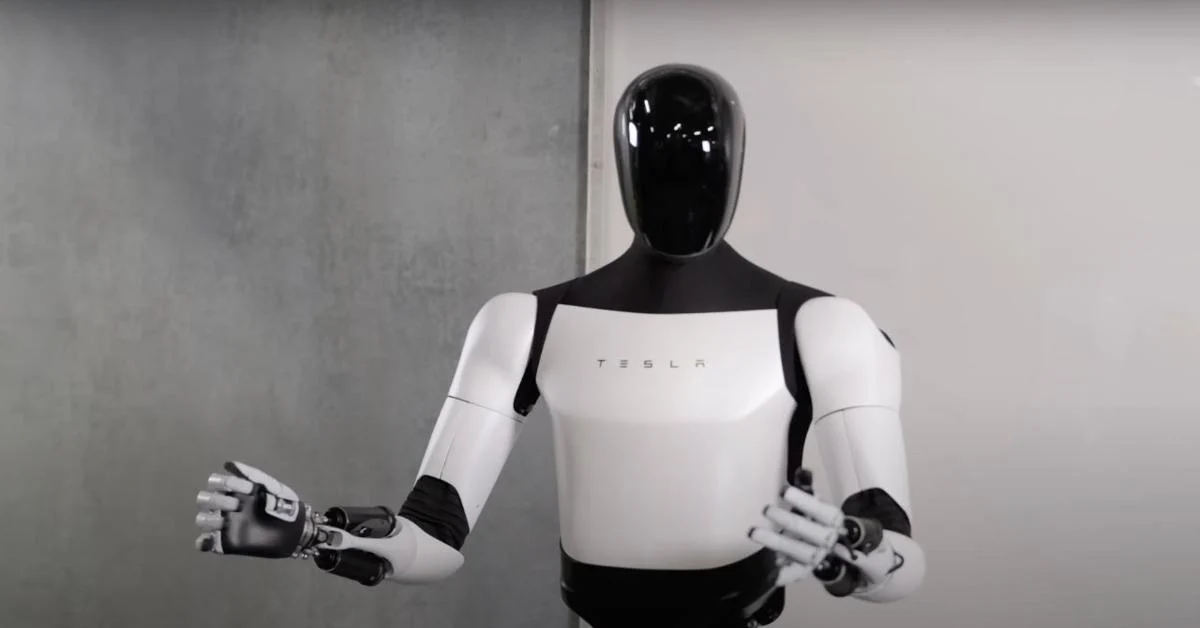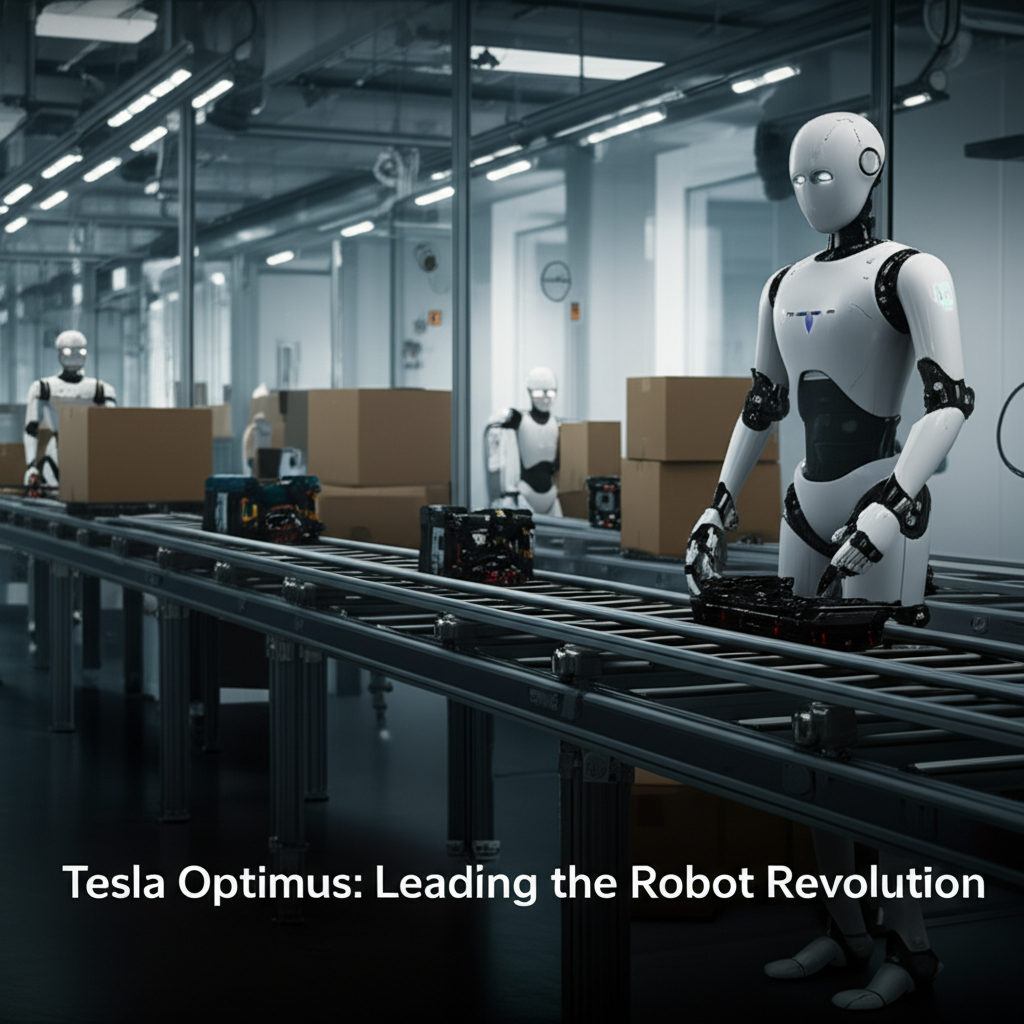Humans working in factories, hotels, and delivery services might soon get new coworkers—not human ones, but robots. Thanks to advancements in robotics, humanoid robots like Tesla Optimus are starting to appear in industries like cleaning, delivery, and manufacturing.
In this blog, let’s explore how these robots work, what they do, and how they are transforming service industries around the world.
What Are Humanoid Robots?
Humanoid robots are robots designed to look and move like humans. They:
-
Walk on two legs,
-
Have arms and hands to hold or carry things,
-
Use cameras and sensors as their "eyes" to see their surroundings.
But unlike humans, robots don’t get tired, don’t need breaks, and can work non-stop.
Tesla Optimus: Leading the Robot Revolution
In 2022, Tesla (the company known for electric cars) announced Optimus, a humanoid robot designed to perform simple, repetitive tasks.
What Can Tesla Optimus Do?
-
Walk like a human.
-
Pick up objects using its hands.
-
Carry items from one place to another.
-
Perform tasks like assembling parts in factories.
-
Use cameras to avoid obstacles and work safely around people.
Tesla’s goal is to use Optimus in its own factories first, and later offer it to other companies for work like delivery, cleaning, and even home assistance.
Where Are Humanoid Robots Being Used?
Factories and Manufacturing Plants:
-
Robots like Optimus can:
-
Move materials inside factories,
-
Assist in assembling products,
-
Reduce human workload in dangerous or repetitive tasks.
-
Hotels and Malls:
-
Some robots are being used for:
-
Room service deliveries,
-
Guiding customers,
-
Cleaning floors or carrying luggage.
-
Delivery Services:
-
Humanoid robots can:
-
Deliver packages over short distances,
-
Work in warehouses, picking and packing items.
-
Cleaning and Maintenance:
-
Robots can:
-
Sweep and mop large areas,
-
Collect garbage,
-
Perform basic maintenance tasks like changing filters.
-
Why Are Companies Using Robots?
-
Save Time and Money: Robots can work 24/7 without rest.
-
Increase Safety: Robots can handle dangerous tasks where humans could get injured.
-
Solve Labor Shortages: In many places, it’s hard to find workers for tough, repetitive jobs.
-
Consistent Performance: Robots don’t make mistakes from tiredness or distractions.
Are Robots Replacing Human Jobs?
This is a common fear. But in reality:
-
Robots mostly take over boring, repetitive, or dangerous jobs.
-
Humans are still needed for:
-
Problem-solving,
-
Supervision,
-
Repairs and maintenance of robots,
-
Jobs that require creativity or human interaction.
-
Many experts believe robots will create new job roles, like robot technicians, supervisors, and trainers.
Challenges Faced by Humanoid Robots
While robots like Tesla Optimus are impressive, there are still challenges:
-
Robots can’t yet handle complex tasks that require delicate movements.
-
They need good batteries to work for long hours.
-
Advanced robots are expensive.
-
People need time to get comfortable working alongside robots.
The Future of Humanoid Robots
In the coming years:
-
Robots may become common in factories, hotels, hospitals, and even homes.
-
Companies like Tesla, Boston Dynamics, and Sanctuary AI are working to make robots cheaper, smarter, and more useful.
-
In the future, robots may help the elderly at home, work as security assistants, or perform advanced surgeries.
Conclusion
Humanoid robots like Tesla Optimus are no longer just science fiction. They are starting real work in industries like delivery, cleaning, and manufacturing. While they won’t fully replace human workers anytime soon, they are becoming important helpers in service industries.
As technology improves, robots will help make work easier, safer, and more efficient.
The future of work may not just be human—it could be human and robot.


Comments
Post a Comment